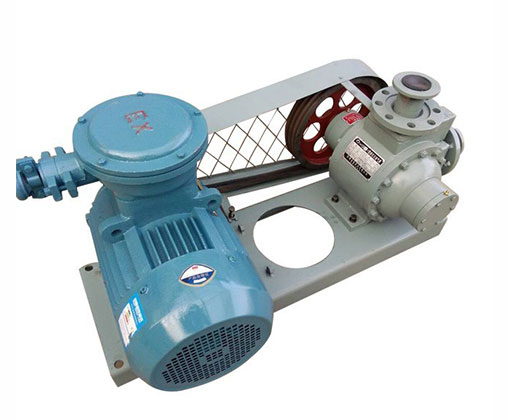Cryogenic Pumps: Essential Technology for Low-Temperature Fluid Transfer
Cryogenic pumps, also known as cryogenic liquid pumps, are vital pieces of equipment in various industrial sectors, notably oil and gas, air separation, and chemical processing. Their primary function is the transportation of cryogenic fluids—substances maintained at extremely low temperatures—such as liquid oxygen (LOX), liquid nitrogen (LN2), liquid argon (LAr), liquid hydrocarbons, and liquefied natural gas (LNG). Specifically, these pumps facilitate the movement of cryogenic liquids from low-pressure storage or processing areas to locations requiring higher pressure.
The increasing demand for cryogens across diverse applications is driving continued advancements in cryogenic pump technology. In air separation units (ASUs), cryogenic pumps play a crucial dual role: they circulate liquids within the system and they also extract liquids from storage tanks, pushing them to vaporizers. Here, the liquid is transformed into a gaseous state for onward transmission to end-users.
Due to the ultra-low temperatures of the handled fluids, cryogenic pump design requires very specific considerations. It is paramount to minimize heat transfer into the system during operation. Unwanted heat ingress can cause the cryogenic liquid to vaporize, creating gas within the pump, which can drastically affect pump performance and efficiency. Thus, these pumps necessitate meticulous attention to materials, design, installation, and operation to meet the demanding requirements of cryogenic fluid handling.

Cryogenic pumps can be categorized based on their operating mechanisms. The two major types are positive displacement pumps, particularly reciprocating or piston pumps, and dynamic pumps, most notably centrifugal pumps. Each type is suited to different operational parameters and applications.
Cryogenic Pump Technical Specifications: Overview
The following are some general parameters and representative specifications commonly associated with cryogenic pumps:
Flow Rate Capacity:
Pump Configuration (Example - Type A):
Pressure Parameters:
Maximum Outlet Pressure: Depending on the model, these can range from 3 MPa to 20 MPa. Example specifications include:
Minimum Inlet Pressure: Typically very low, around 0.02 MPa.
Maximum Inlet Pressure: Generally limited to around 0.8 MPa
Power and Speed:
Power Supply: Most industrial units will use three-phase power, typically 318V at 50 Hz
Rotational Speed: Operating speeds often vary between 600 to 1250 RPM (Revolutions Per Minute).
Motor Power: Power requirements vary according to pump size and capacity. Example motors include 5.5 kW or 7.5 kW.
Key Features and Considerations:
Thermal Insulation: Cryogenic pumps employ specialized insulation methods, such as vacuum jackets and multilayer insulation, to minimize heat transfer.
Material Selection: Materials must be compatible with the low-temperature environment and resist embrittlement. Common materials include austenitic stainless steels and special alloys.
Sealing: Effective sealing is crucial to prevent leaks and maintain operational efficiency.
Safety: Cryogenic pumps need robust safety systems to handle pressure fluctuations and potential hazards.
Conclusion
Cryogenic pumps are a cornerstone technology in the modern industrial landscape. Their reliable operation, coupled with precise control of cryogenic liquids, underpins numerous essential processes. The continuous development of more efficient and reliable pumps will continue to expand the reach of cryogenic technology, influencing a multitude of future advancements across diverse fields.














Comments